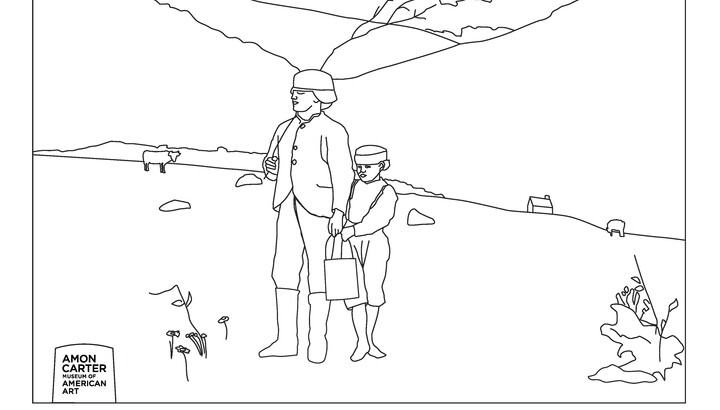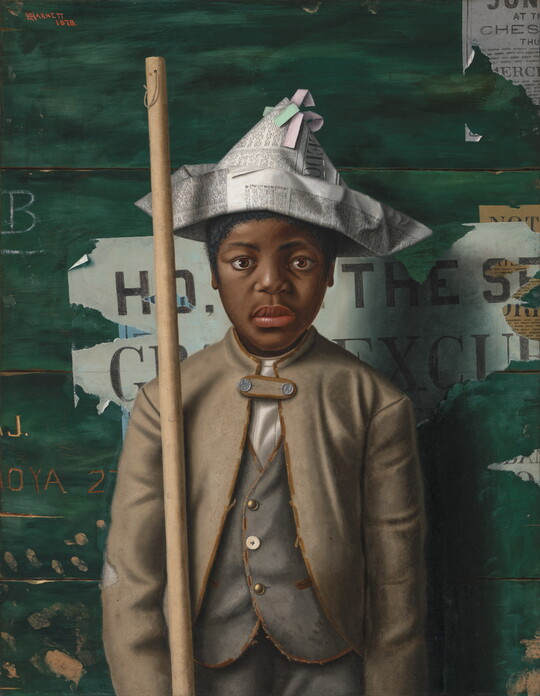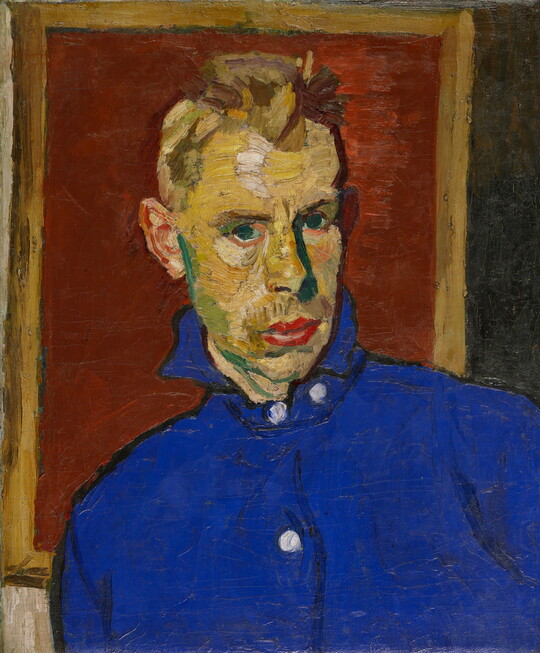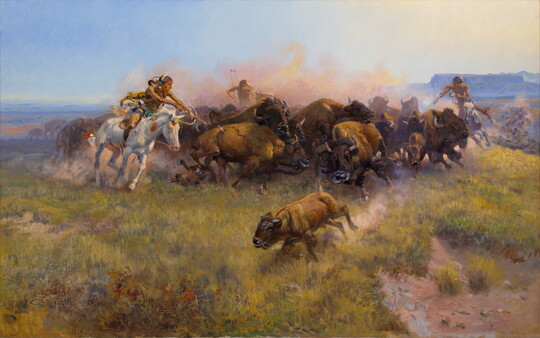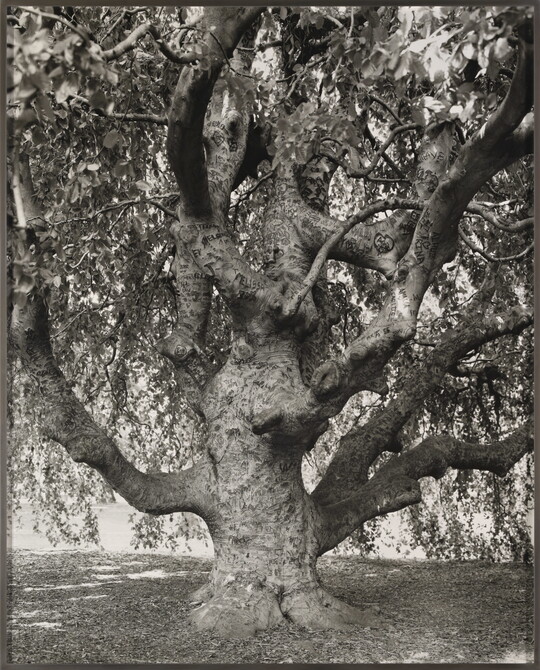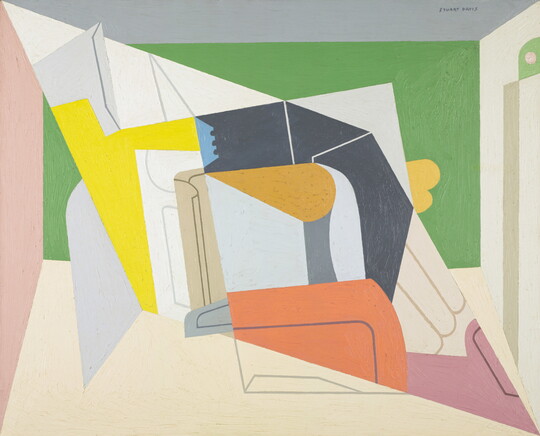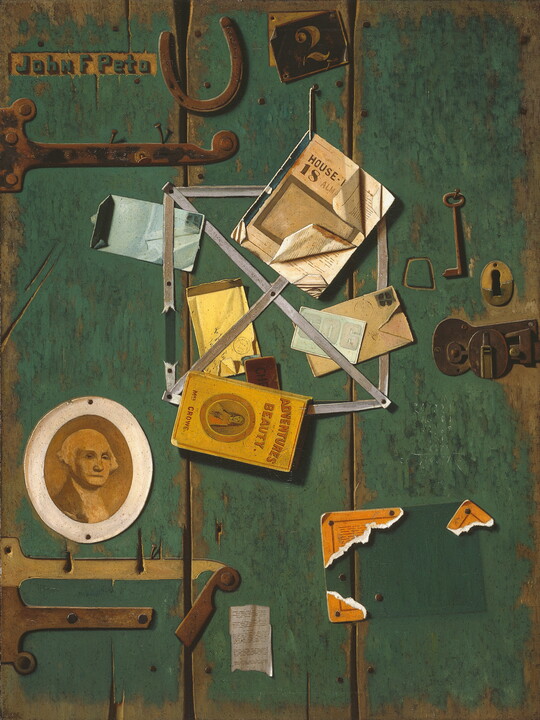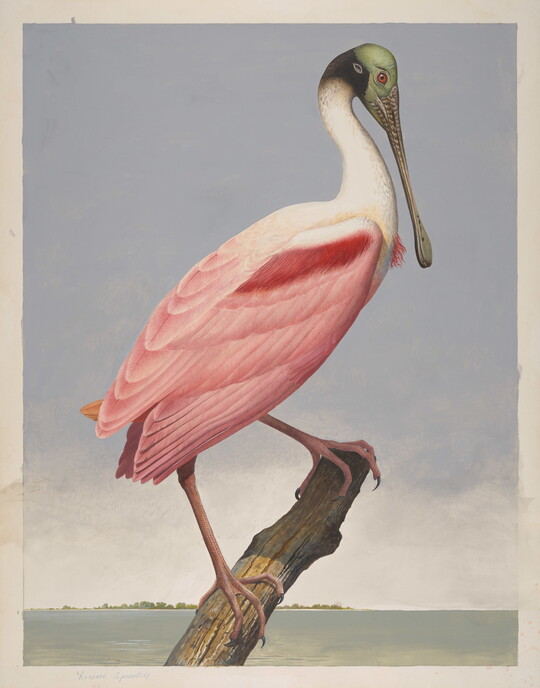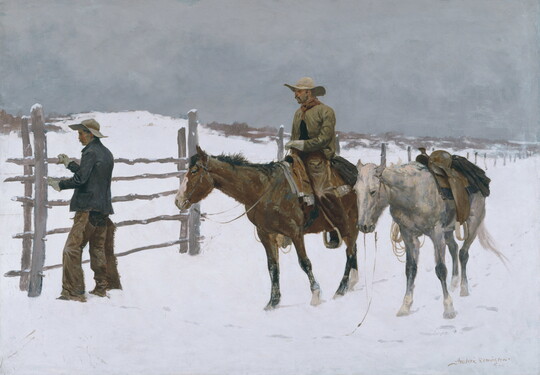

Artwork Image
Photo:
Controls
Crossing the Pasture
Object Details
-
Date
1871-1872
-
Object Type
Paintings
-
Medium
Oil on canvas
-
Dimensions
26 1/4 x 38 in.
-
Inscriptions
Verso:
on stretcher: Milch #17577
u.l., label: WHITNEY MUSEUM OF AMERICAN ART \ 945 Madison Avenue, New York. N.Y. 10021 \ Artist Winslow Homer \ Title Crossing the Pasture \ Date 1872 Catalogue No. 18 \ Lender Andrew Hunter \ Exhibition Winslow Homer \ April 3-June 3, 1959
u.l., label: PAINTING BY AMERICAN ARTISTS \ WILLIAM MACBETH \ INCORPORATED \ 11 EAST 57TH STREET NEW YORK 22, N. Y. \ CROSSING THE FIELDS \ BY \ WINSLOW HOMER
u.r., label: No. 11 \ W. S. BUDWORTH & SON \ PACKERS & SHIPPERS \ 424 WEST 52D ST., NEW YORK, N. Y.
-
Credit Line
Amon Carter Museum of American Art, Fort Worth, Texas
-
Accession Number
1976.37
-
Copyright
Public domain
Object Description
Homer initially earned his living as a Civil War correspondent, sending sketches of military life to editors in New York for reproduction in illustrated periodicals. After the war, he created paintings that explored the lingering aftereffects of the conflict, speaking to many Americans’ hopes and anxieties about the future of the nation.
In Crossing the Pasture, Homer addresses the war indirectly through a sentimental scene of rural childhood. Two boys stand in a sunlit field, sharing the weight of a metal bucket. A stick slung over his shoulder, the eldest positions himself protectively between his barefoot younger sibling and a bull standing near a stone wall. Portraying shared labor and brotherly protection, Homer’s picture offers a tender image of sibling unity in the wake of a divisive war that pitted many family members against one another.
—Text taken from the Carter Handbook (2023)
Additional details
Location: On view
See more by Winslow Homer
Tags
-
Artist Winslow Homer created many artworks in his New York City studio that highlighted the charm of rural life and outdoor experiences. Crossing the Pasture is one of the largest canvases he painted related to this theme.
The focal point of the work is two young boys standing next to one another in the center of the painting. Both boys are looking to the left at something in the distance. The older, taller boy stands on the left with all of his weight on his rigid left leg; his right leg slightly bent. He wears a light-brown hat with a back flap that covers his ears; a light-brown jacket buttoned up to his neck; and light-brown pants with dark brown waders up to his knees. His right arm is bent, and he grips a long stick that rests on his right shoulder and reaches back behind him. His left hand hangs by his side and holds a silver pail. To his right is a younger boy who stands a little behind him. The younger boy is much smaller―the top of his head reaches the older boy's chest. He wears a dark cap; a white, long-sleeved shirt with brown suspenders; and dark pants that are rolled up just below his knees revealing his bare feet. His right arm is behind the older boy, and he is reaching his left arm across his body to help hold the pail.
A lush landscape surrounds the boys. Dark green hills crisscross the background, and a partly cloudy sky appears at the top of the canvas. A bright blue sky and white clouds starkly contrast against the darker greens below it. A tree with a stone wall and a bull are in the distance on the left. On the far right side sits a small cottage with a cow in the field. At the bottom of the canvas, Homer used short dashes and dabs of different greens, whites, and muted yellows to create the grass and wildflowers.
-
How might environment affect the way in which someone grows up?
How has childhood (and the place of childhood in the national imagination) changed throughout American history?
How might an artist communicate mood in a painting?
How might art help people to process difficult personal or cultural moments?
-
Grades Pre-K–1
Students will create a country scene on a card using green color sticks and texture plates. First, have students create a textured field on their paper. After they have the ground, they can use colored pencils to add details like an animal, other plants, or maybe a group of people completing a task.
Grades 4–12
Students will practice writing inspired by this work of art. Students should imagine that the subjects of the artwork stepped out of the painting into our world today. Students can write about what they would say to the subjects in the artwork.
Share Educator Resources
Amon Carter Disclaimer
This information is published from the Carter's collection database. Updates and additions based on research and imaging activities are ongoing. The images, titles, and inscriptions are products of their time and are presented here as documentation, not as a reflection of the Carter’s values. If you have corrections or additional information about this object please email us to help us improve our records.
Every effort has been made to accurately determine the rights status of works and their images. Please email us if you have further information on the rights status of a work contrary or in addition to the information in our records.
Related Works
-
Attention, Company!, 1878
William M. Harnett
Oil on canvas
1970.230
-
Self-Portrait, 1919
Stuart Davis
Oil on canvas
1975.29
-
The Buffalo Hunt [No. 39], 1919
Charles M. Russell
Oil on canvas
1961.146
-
Weeping Beech, Brooklyn Botanic Garden, Brooklyn, 2011
Mitch Epstein
Gelatin silver print
P2012.13
-
Egg Beater No. 2, 1928
Stuart Davis
Oil on canvas
1996.9
-
A Closet Door, 1904-1906
John Frederick Peto
Oil on canvas
1983.158
-
Roseate Spoonbill, ca. 1980-85
Scott Gentling, Stuart Gentling
Graphite, opaque and transparent watercolor on paper
2018.26
-
Drawing No. 18, 1919
Georgia O'Keeffe
Charcoal on paper
1997.2
-
The Fall of the Cowboy, 1895
Frederic Remington
Oil on canvas
1961.230






